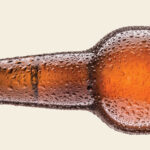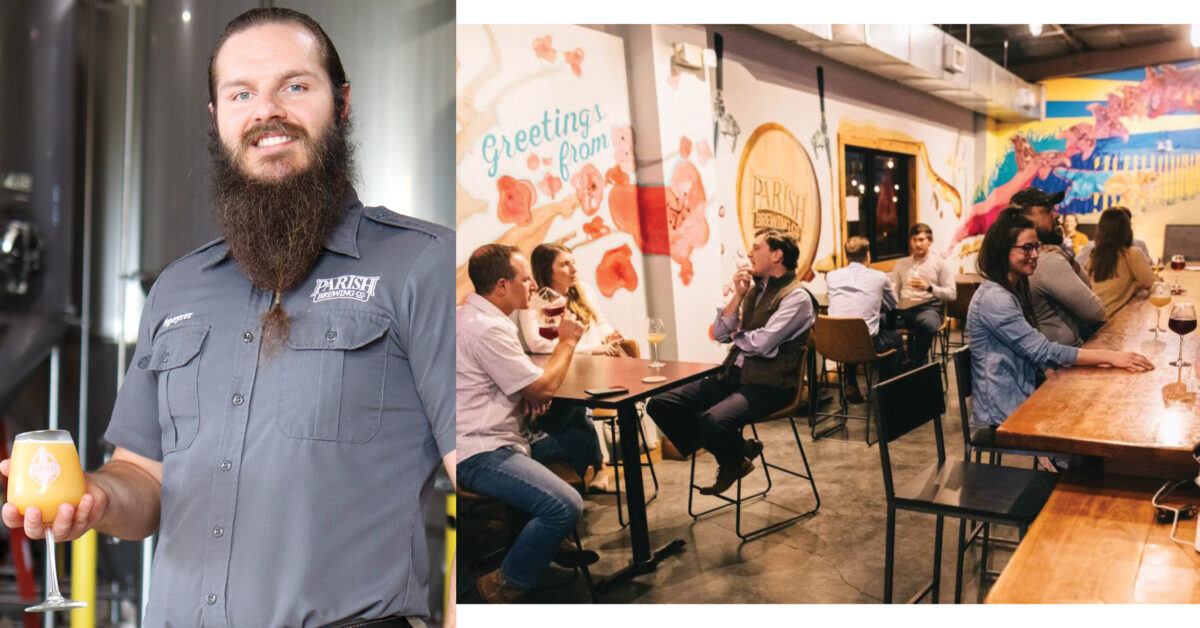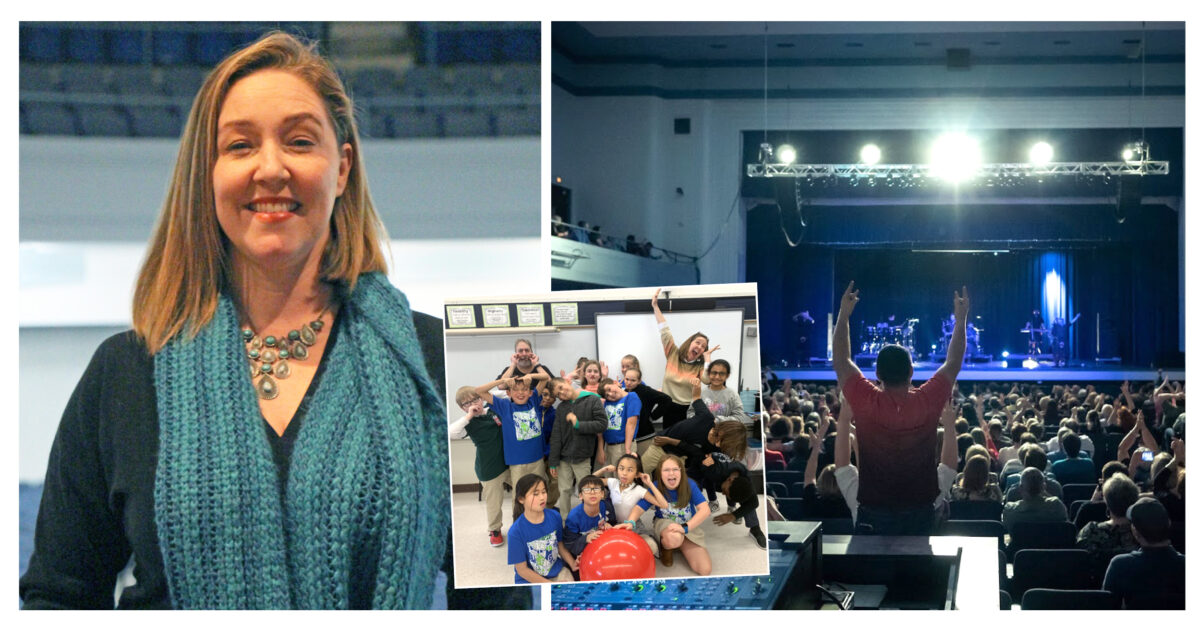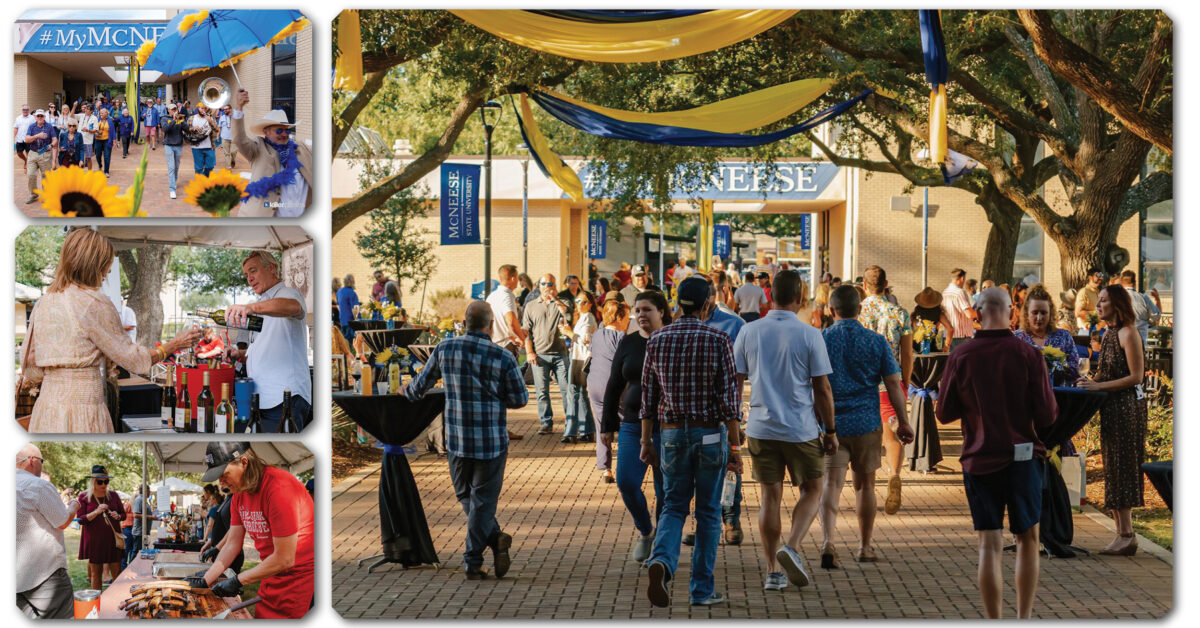
ELEVATE YOUR MEAL: LOUISIANA BEER & FOOD PAIRINGS
August 2024
CRAFT BEER 101: Knowing Your Pilsners and Blonde Ales From Your Porters and Stouts
August 2024by Kerri Cooke
Brewing craft beer began as a hobby for Ryan Speyrer, head brewer at Parish Brewing Co. in Broussard, La. Speyrer describes himself as an “avid consumer” of craft beer. While attending Texas A&M, he particularly enjoyed drinking beer from St. Arnold Brewing Company, Texas’ oldest craft brewery, in Houston. When Speyrer moved back to Lafayette, he realized he couldn’t get St. Arnolds’ beer locally. He then “got the brewing bug.”
Upon graduating with a bachelor’s in biology and a minor in math from the University of Louisiana at Lafayette, Speyrer “didn’t have a clear goal in mind.” However, he discovered Parish Brewing Co. by chance and was hired on. He was the company’s fourth employee.
Speyrer began as a helper doing whatever task needed to be done, from building case boxes to cleaning tanks. Later, he was given the position of brewer’s assistant, and when the head brewer left the company in 2014, Speyrer was offered the position. This month marks Speyrer’s 12th year as a Parish Brewing Co. employee and his 10th as head brewer. The brewing team alone now consists of five team members with four brewers under Speyrer, and the company has over two dozen employees.
As head brewer, Speyrer ensures brewers have “all ingredients and raw materials available for the brewing schedule,” confirms the quality of all products are up-to-par and engages in recipe research and development.
Unsurprisingly for someone with a biology degree and love of home brewing, Speyrer says his favorite part of the job is coming up with new ideas and flavors for potential products. He can “be creative and experiment with new ingredients, such as new hops on the market, and try something unique or unusual and see what happens.” The process is “like a scientific experiment in that you have a hypothetical idea” and execute that idea. Speyrer says, “Sometimes a test brew ends in disaster and sometimes we get pretty close to achieving our goal on the first try.” Once a small batch of a potential product is made, it’s all about “sensory analysis and picking apart the different flavors in the beer,” Speyrer says.
Another thing Speyrer must keep in mind is the market for a particular product. “I might think something is good but how much is it going to sell?” he says.
Canebrake, which Speyrer describes as “a classic beer with a relaxed taste,” is his favorite Parish brew to drink. But India pale ale, IPA, makes up 40% of sales in the market. “We are known for hazy IPAs with hoppy aromas.” The taste of the IPAs depends on how the hops were grown. Some hops provide a strawberry flavor while others infuse a taste of lemongrass.
Parish Brewing Co. also uses actual fruit in the production of its Sips line. One popular flavor is Pinot Noir Black Current.
Barrel-aged beer, strong 12-15% alcohol stout, is also produced in limited amounts. The mixture ages for one to three years which provides the beer with an intense, robust flavor. Another advantage to barrel-aged beer is it can be aged like wine.
Speyrer’s personal goal is to create a classic lager beer, but, he says, “there is not a big market for it unless we make prices more affordable.” To that note, Parish Brewing Co. is in the process of building a larger production facility next to the current one. They hope to have the new facility up and running by the end of 2025.






